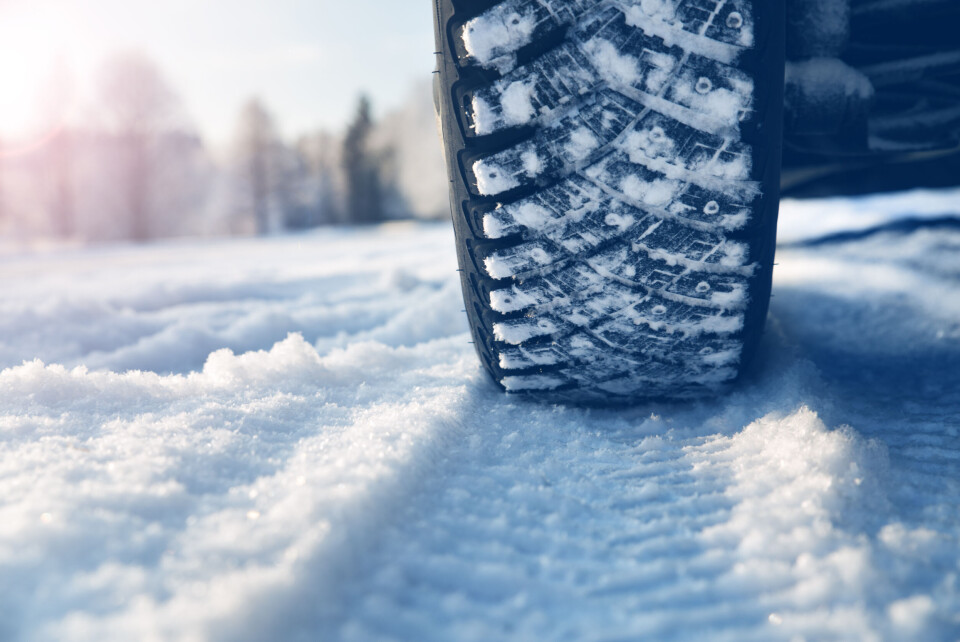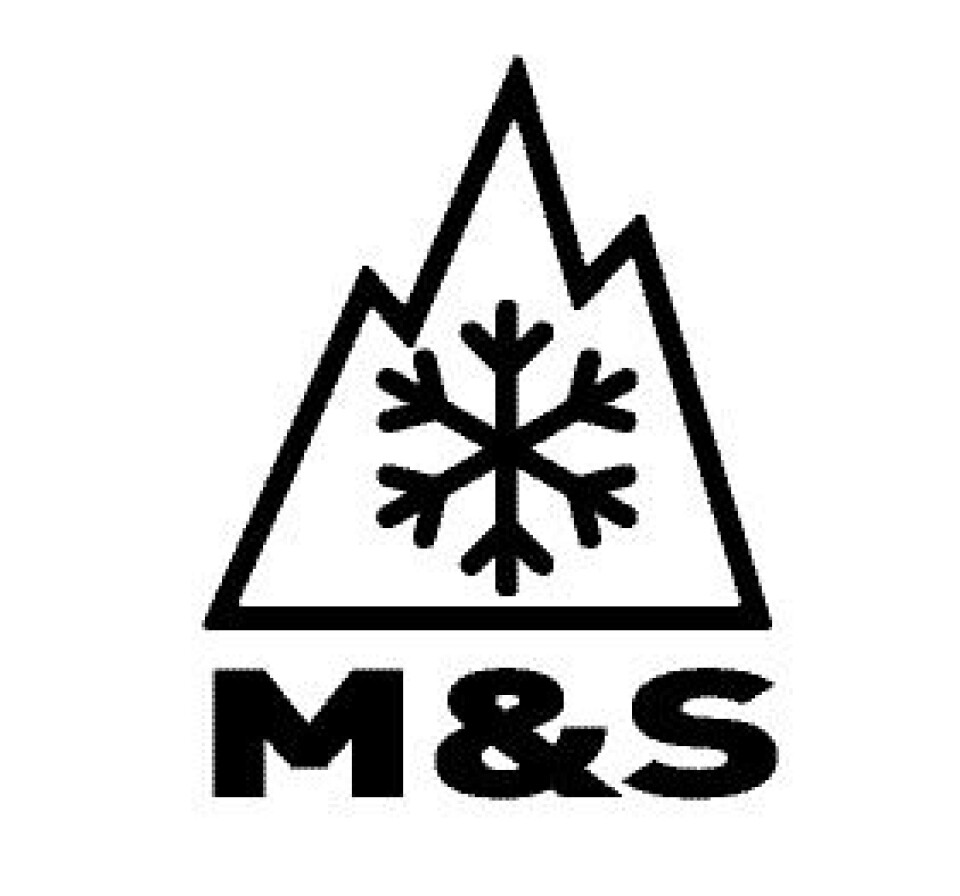-
Many Société Générale customers to be charged additional fees from April
There is some good news for international banking and instant transfers, however
-
Why gas prices in France are rising in April - and by how much
It comes after six consecutive monthly rises. Try these tips to reduce your bills
-
New notaire data suggests easing of Paris property crisis
Property experts have talked of ‘easing pressure’ and ‘breathing space’ after a four-year slump
Recap: France’s new snow tyre law starts today, what you need to know
The Loi Montagne makes it possible for 48 mountainous departments to make snow tyres, chains or ‘socks’ obligatory in certain areas between November 1 and March 31

Today marks the first day of France’s new winter tyre requirement, which applies to certain mountainous areas of the country between November 1 and March 31 every year.
The prefectures of 48 departments can now make the use of winter tyres, snow chains or ‘socks’ obligatory on specific zones, demarcated by B58 and B59 signs.

The requirement is a result of the Loi Montagne, which states that: “The prefects of 48 departments situated in the mountains, whether in the Alps, Corsica, the Massif Central, the Jura, the Pyrenees or the Vosges Massif, must set out a list of the towns in which vehicles should be appropriately equipped for the winter.”
Vehicles such as cars, camper vans and vans can either use four winter tyres or, failing this, carry fabric socks or metal snow chains in their boot.
The snow chains or socks must be suitable for at least two ‘driving’ wheels and the driver must know how to fit them when needed.
People who only occasionally visit the mountains can therefore avoid paying for four new tyres by opting instead for chains.
The winter tyre requirement does not apply to vehicles with studded tyres.
Coaches, buses and HGVs without trailers must also install winter tyres or chains, while HGVs with trailers must have chains on at least two of their driving wheels, even if they are also equipped with winter tyres.
Winter tyres can be identified by a “M+S”, “M.S” or “M&S” marking on the sidewall. The “3PMSF” (Three Peak Mountain Snow Flake) sign is also an industry standard.

However, drivers found to be without the necessary equipment will not be penalised until next year. From November 1, 2022, they could be subject to a €135 fine and prevented from continuing their journey.
Read more:One-year grace period granted over mandatory winter tyres in France
The winter tyre requirement can be imposed in the following departments:
- Ain
- Allier
- Alpes-de-Haute-Provence
- Hautes-Alpes
- Alpes-Maritimes
- Ardèche
- Ariège
- Aude
- Aveyron
- Cantal
- Côte-d'Or
- Creuse
- Doubs
- Drôme
- Eure-et-Loir
- Gard
- Haute-Garonne
- Hérault
- Isère
- Jura
- Loire
- Haute-Loire
- Lot
- Lozère
- Meurthe-et-Moselle
- Moselle
- Nièvre
- Puy-de-Dôme
- Pyrénées-Atlantiques
- Hautes-Pyrénées
- Pyrénées-Orientales
- Bas-Rhin
- Haut-Rhin
- Rhône
- Haute-Saône
- Saône-et-Loire
- Savoie
- Haute-Savoie
- Tarn
- Tarn-et-Garonne
- Var
- Vaucluse
- Haute-Vienne
- Vosges
- Yonne
- le Territoire de Belfort
- Corse du Sud
- Haute-Corse
However, this year only 36 departments have decided to introduce the obligation on some or all roads.
If you live in a department where winter tyres will be mandatory, you can find out more about the areas affected on the website of your local prefecture.
The prefectures of Corrèze, Côte d’Or, Creuse, Gard, Hérault, Lot, Meurthe-et-Moselle, Nièvre, Saône-et-Loire, Tarn-et-Garonne, Haute-Vienne and Yonne have decided not to enforce the measure anywhere in the department this year.
Related articles
Ten changes for residents in France from November 2021
Mandatory winter tyres in France: key details to look out for
Where in France will snow tyres be mandatory under new November law?
























